Celebrating New Year in Cusco is a mix of Andean and modern rituals, celebration, and joy – a warm moment shared with locals and travelers from all over the world.
Discover the main traditions and rituals to join,what new year in Cusco is like, where to celebrate, what to eat and drink, and how to plan tours to Machu Picchu around these dates.
New Year traditions and rituals in Cusco
As in other parts of the world, in Cusco the end of one year is experienced in a special way. However, here, Andean rituals and traditions stand out, unique to this region. These practices combine respect for ancestral customs with Western symbolism and wishes for prosperity, making the welcoming of the new year an experience full of meaning and renewed energy.
To truly welcome the new year with an original, meaningful experience, you can follow this New Year traditions and rituals:
Pachamama thanksgiving
In Cusco, the despachos or thanksgiving rituals to the Pachamama (Mother Earth) is a very important ritual. This ceremony is commonly performed in the first hours of the day, offerings that include coca leaves, flowers and seeds are burned in a bonfire as a symbol of gratitude and to ask for prosperity in the coming year.
Yellow underwear and lucky colors
Another popular tradition is wearing yellow underwear on New Year's Eve, which is believed to attract prosperity, abundance and good fortune. Other colors also have special meanings:
- Red: Love and passion. It is believed to attract intense and lasting relationships.
- Green: Hope, money and balance.
These lucky underwear are sold by vendors on the streets and in Cusco’s markets, often featuring playful prints or funny phrases. This tradition is most effective if the underwear is a gift.
The 12 grapes at midnight
Eating 12 grapes is one of the best known traditions. This custom involves placing 12 green grapes in a glass and, right at midnight, eating them one by one while silently making a wish with each grape. Each grape represents a month of the year, symbolizing hope and good omens.
These green grapes are currently in season in December, sourced from the coastal region of Peru. They are typically seedless with crunchy texture and sweet flavor.
Burning of rag dolls
Burning of rag dolls takes place at the beginning of the new year. These dolls, usually made of old clothes and stuffed with sawdust, represent the bad energies or negative influences that one wishes to leave behind.
Alternatively, you can buy one at piñata shops. Here you can find models featuring the faces of Peruvian celebrities such as soccer players, artists and even controversial politicians, who have made headlines during the year.
Fortune amulets
During the New Year Cusco, the following amulets are very popular to attract good fortune:
- Money charms: Bouquets decorated with ears of wheat and counterfeit bills (soles or dollars) symbolizing economic abundance.
- Ekeko Doll: This Andean figurine symbolizes abundance and good fortune. He carries an Andean shawl, or queperina in Quechua, overflowing with food, goods, and money. It is traditional to light a cigarette as an offering to ask for prosperity.
- Huayruros: These special seeds symbolize protection, fortune, and well-being. They are most commonly used in bracelets and necklaces. About the size of small beans, they stand out for their distinctive red-and-black coloration.
- Lentils: Associated with abundance, they are kept in small jars or placed in pockets, purses and wallets to attract prosperity.
Flourishing Ritual Baths with yellow flowers
This ritual is generally performed by healers or some type of shaman, who bathes people with petals, leaves and flowers to cleanse them of negative energies. It is complemented by incense and other ritual items, while the healer or shaman pronounces words that invoke protection and good omens.
Yellow confetti and decorating homes
The yellow color is the most representative of this festivity, being the protagonist of the New Year. The Cusco’s people spread mistura amarilla (yellow paper confetti) in the corners of their houses. In addition, vases are decorated with bunches of yellow flowers which should include male and female rue, adorned with ears of wheat.
Lighting Colored Candles
Lighting colored candles during New Year's Eve is a spiritual tradition in Cusco that seeks to attract positive energy and cleanse the home of bad vibes. These candles are associated with specific intentions. The smoke from these candles, combined with the use of palo santo, spreads protection and purification.
- 🔵Blue: protection and spiritual strength.
- 🟡Yellow: wisdom and progress.
- 🔴Red: love and devotion.
- ⚪White: purity and humility.
- 🟢Green: healing and health.
- 🟠Orange: healing and grace.
- 🟣Violet: change and forgiveness.
Where to Celebrate New Year´s Eve in Cusco
New Year is the perfect time to stroll through the city, buy your fortune amulets, take part in local rituals, and wander the historic center while you soak up all the positive energy.
Cusco Main Square:
Fireworks are the main attraction throughout the city, but in recent years a public concert has also become a central New Year performance in Cusco, featuring local music such as cumbia, salsa, huayno, and rock. If you have the privilege of being there, you should follow the slow or fast pace, sharing that collective emotion and welcome the new year that begins.
Note: From early evening, the Plaza de Armas starts to fill with people, so keep in mind that it can get very crowded.
Best places to watch New Year fireworks in Cusco
If you don’t like large crowds, you can still enjoy the fireworks from nearby viewpoints within the historic center of Cusco:
- San Blas Viewpoint
- Cristo Blanco Viewpoint
- San Cristóbal Viewpoint
- Santa Ana Viewpoint
Running around the Plaza de Armas
At midnight, hundreds of people run around the Plaza de Armas in Cusco. This ritual symbolizes leaving behind the negatives of the year that is ending and attracting good luck for the new year. Some attendees carry a suitcase as a symbolic gesture of their desire to travel during the coming year, a practice that has gained popularity among locals and tourists.
For those who cannot attend the Plaza de Armas, this tradition is easily adapted: many people run with suitcases around their neighborhood.
Bars and nightclubs in the historic center
Cusco offers a lively nightlife, and some of the popular new year's eve party venues in Cusco city include: Chango Club, Inka Team, and La Chupiteria among others. They host themed parties to say goodbye to the year, where you can dance to everything from electronic music to Latin rhythms, while enjoying pisco cocktails and beer, surrounded by travelers from all over the world. Important tip: stay safe and avoid accepting drinks from strangers.
Traditional Gastronomy during the New Year
Food is a significant protagonist in New Year celebrations throughout Peru, with each region having its specialties. In the Andes, Cusco, traditional dishes are usually prepared, such as:
Roast suckling pig
This delicious dish is a must on tables during Christmas in Cusco and New Year's day. It is traditionally prepared with a suckling pig marinated with spices and baked in the oven. It is served with tamales, potato and fresh salad.
Cuy al Horno or Cuy chactado
The symbol of Andean food is definitely the cuy, especially on meaningful dates such as New Year and Christmas in Cusco.
This preparation features a flavorful seasoning based primarily on garlic and the Andean herb of huacatay (Tagetes minuta, or Peruvian black mint). The dish is traditionally accompanied by a selection of starchy sides, including: Potatoes, corn, rice, potato or spaghetti casserole. However, the dish's essential companion is its classic cusco’s chili sauce “uchucuta”.
Pachamanca
Pachamanca is an ancient traditional dish from the Andean region of Peru. Its name comes from the Quechua words pacha (earth) and manka (pot), meaning “earth pot.”
It consists of marinated meats, usually chicken or lamb, cooked with a variety of side dishes such as potato, sweet potato, corn, banana, pineapple, fava beans, and oca.
Humitas and Tamales
These snacks are popular all over Peru and vary from region to region. In Cusco, both are made with corn flour and steamed in corn husks. Their flavor depends on the filling:
- The sweet tamal usually includes a small stick of cinnamon and one or two raisins, giving it an aromatic, mildly sweet taste.
- The savory tamal is completely different, filled with a mixture of onion, meat, and ají amarillo, making it salty and sometimes slightly spicy.
- Humitas are the special one, in Cusco, they are filled with cheese, but they’re less common and can even be a bit hard to find.
Stuffed rocoto
Stuffed rocoto is originally from Arequipa, but has earned its place on the tables of Cusco. This rocoto, previously washed and boiled to reduce its spiciness, is stuffed with ground meat, peanuts and vegetables such as carrots and peas. Finally, it is fried with a batter of beaten egg and flour.
⏭️Read More: Peruvian food favorites
Drinks to Toast
Pisco Sour
The pisco sour is Peru’s national drink, crafted with pisco, egg white, fresh lemon juice, and simple syrup, then shaken until smooth and frothy. Some people enjoy it chilled with a bit of ice, while others prefer it without to fully appreciate its flavor, especially during New Year celebrations in Cusco.
Peruvian Beer
The Peruvian Beer is an essential companion during the New Year in Cusco. The local favorite is Cusqueña, which stands out for its intense flavor and pairs perfectly with festive dishes, while craft beers from the Sacred Valley experiment with Andean ingredients to create new aromas and flavors.
⏭️Read more: 10 Peruvian Drinks
New Year Trips in Cusco
Saqsayhuaman
The fortress of Saqsayhuaman is one of the most important archaeological sites in the city of Cusco. During a classic City Tour, you’ll visit Saqsayhuaman along with other key sites such as Qorikancha and nearby Inca temples.
You can schedule this tour in the morning or in the afternoon, so you still have time to rest, get ready, and then head out to celebrate New Year’s Eve in the historic center.
Visiting The Sacred Valley
The Sacred Vallley of the Incas at New Year's is sharing the glorious past of the Incas, an unforgettable experience. You will not only visit archaeological sites, but you will also experience the living traditions of the region: the cult of the Sun (Inti) and the Pachamama.
Visiting Machu Picchu and Inca Trail
Visiting Machu Picchu on January 1st is an unparalleled experience. Starting the year in this iconic Inca citadel fills you with energy, gratitude, and hope for what’s ahead. Many travelers choose to combine it with the Short Inca Trail, so they can arrive at the Sun Gate and see Machu Picchu from above before entering the site.
Keep in mind that entrance tickets, trains, and Inca Trail spaces are limited and must be booked well in advance if you plan to celebrate New Year this way.
⏭️Read more: Exploring Machu Picchu in December
Tips and safety notes
Here is a list of straightforward tips to make your New Year experience the best and most unforgettable:
- As with any trip you plan, make all reservations well in advance.
- Bring the appropriate clothing to keep you warm, due to the cold and possible rain.
- Have everything at hand for your health and enjoying this day.
- Keep an open mind toward Peru’s customs and traditions, as they are a fundamental part of the country’s historical and cultural heritage.
- For safety, avoid carrying too much cash or valuables, keep your belongings close, and be especially careful with your phone in crowded areas.
- If you’re going to the main celebration in the Plaza de Armas, you can first gather in nearby spots like Regocijo Square or Plazoleta Espinar, and then walk together to the main square as midnight approaches.
So, finally, why spend New Year in Cusco?
Spending New Year's in a different place may seem like a challenge, but celebrating in Cusco is an experience you will certainly not forget. The warmth of the people of Cusco, the energy of this special day, the lucky traditions, the live music show in the Plaza de Armas, the fireworks, and extra activities all come together to offer you an unique celebration.
In fact, you will be able to delight yourself with exquisite traditional dishes and drinks, and witness a celebration that is completely different from anything you've seen before.
Celebrating New Year in Cusco is much more than just turning the page on the calendar; it’s an experience that bridges the past and the present. It’s the perfect way to fulfill a long-awaited travel promise or to start the year filled with emotion and new memories. If you’re ready to make this dream come true, don’t hesitate to contact us.
New Year in Cusco FAQ’s
What to do in Cusco during the New Year?
In Cusco you can join the celebrations in the Plaza de Armas, where fireworks and a public New Year performance with live cumbia, salsa, huayno, and rock bring everyone together.
You can also stroll through the historic center to buy fortune amulets, yellow flowers, and candles, or take part in Andean rituals such as Pachamama offerings and flowering baths.
If you prefer quieter moments, enjoy the fireworks from viewpoints like San Blas, Cristo Blanco, San Cristóbal, or Santa Ana, or a Cusco day tour to Saqsayhuaman, the Sacred Valley, or Machu Picchu around these dates.
What does peru do on New Year's Eve?
Across Peru, New Year’s Eve is all about wishes for prosperity, protection, and a fresh start. People wear colored underwear (especially yellow for luck), eat 12 grapes at midnight while making wishes, burn rag dolls that represent the “old year,” and decorate their homes with yellow confetti, flowers, and candles.
Many families share a special dinner with dishes like roast pork, cuy, tamales, humitas, and pachamanca, and then head out to plazas or streets to celebrate with fireworks, music, and friends.
What is the traditional way to celebrate New Year's Eve in Cusco?
In Cusco, New Year’s Eve combines Andean rituals with festive street celebrations. Many people start the day with offerings to Pachamama, lighting colored candles, buying amulets, and preparing special meals.
At night, locals and travelers gather in the Plaza de Armas to watch fireworks, listen to live music, and run around the square at midnight. Along the way, they may wear yellow underwear for prosperity, eat 12 grapes for good luck.
When is the best time to arrive in Cusco for New Year's celebrations?
Ideally, you should arrive in Cusco a couple of days before New Year’s Eve so you have time to rest, adapt to the altitude, and explore the city calmly before the big night. This also gives you time to buy amulets, flowers, and candles in local markets and to join any rituals or tours you’ve booked.
Because it’s a very busy period, it’s best to reserve hotels, trains, entrance tickets and tours to Machu Picchu, well in advance, especially if you plan to travel on December 31 or January 1.








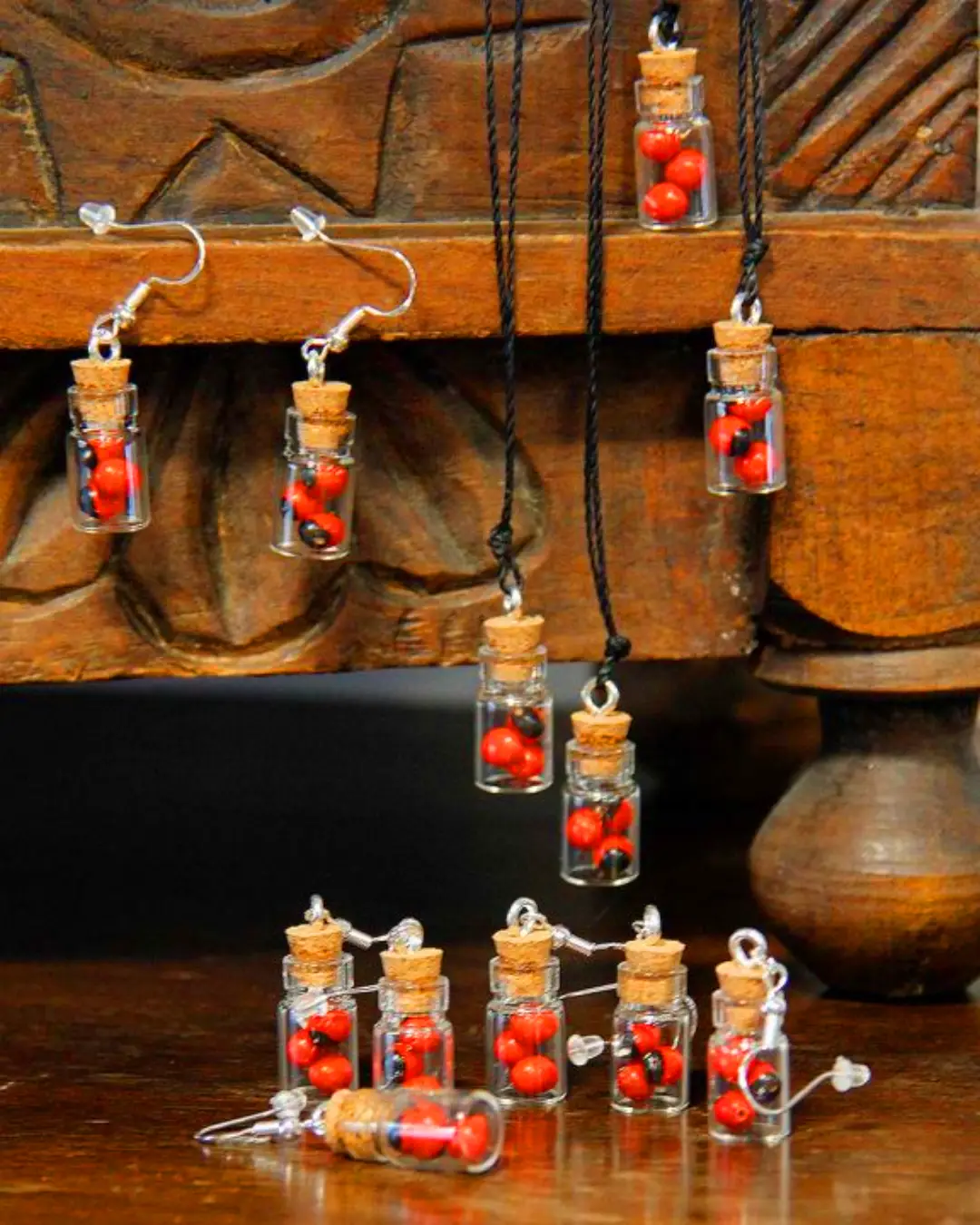



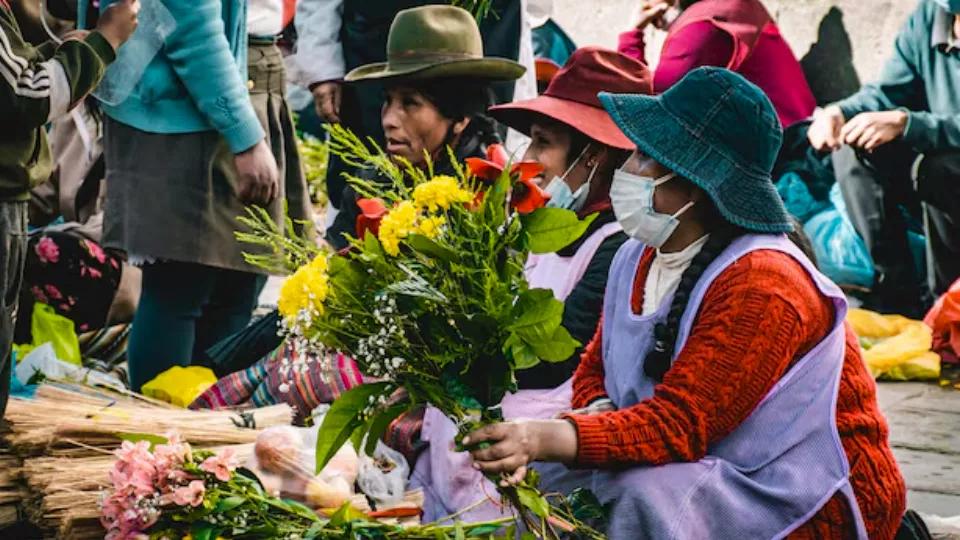
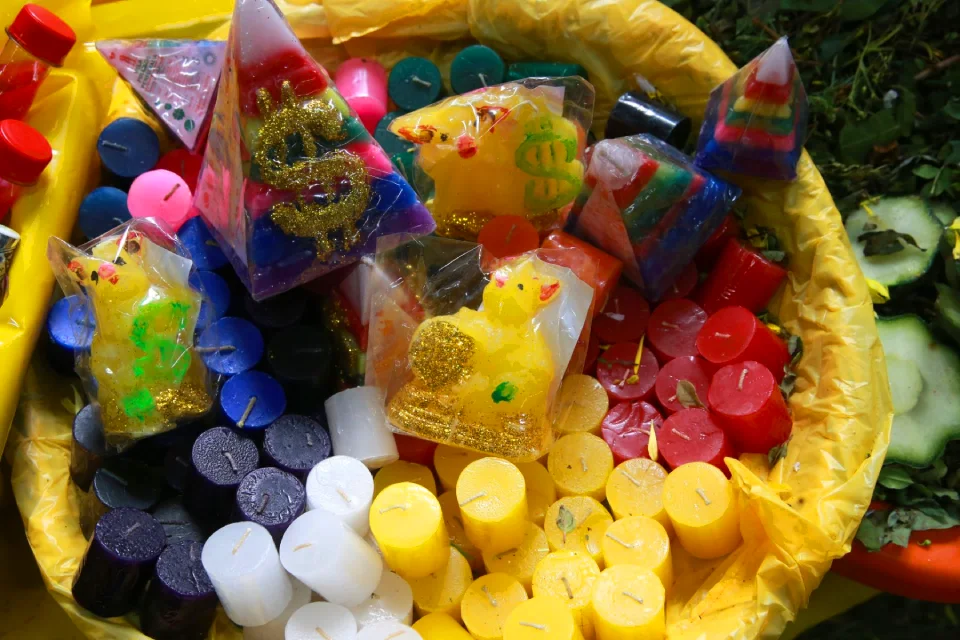











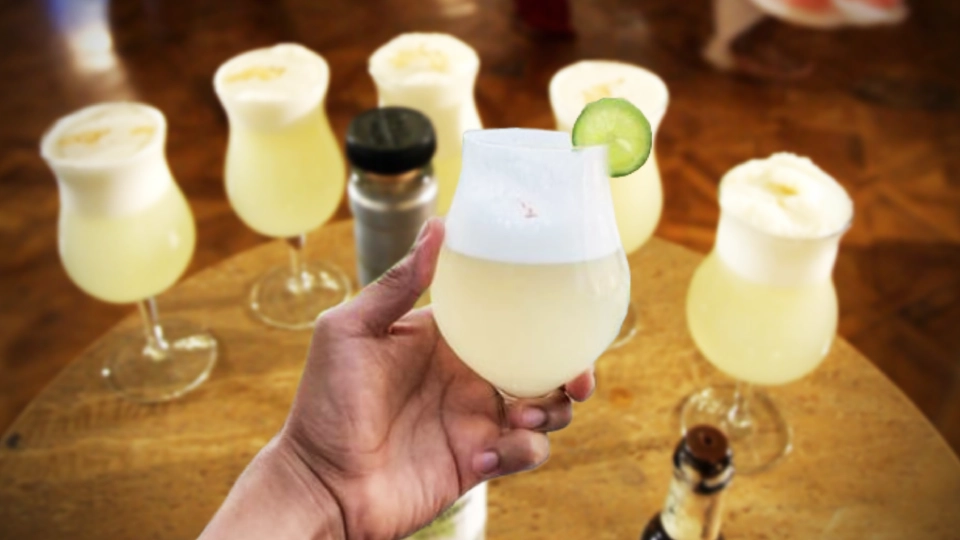










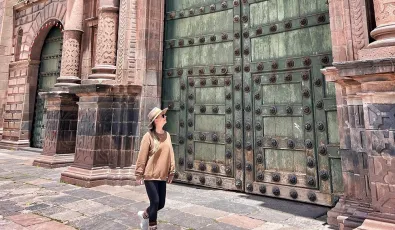

Add new comment